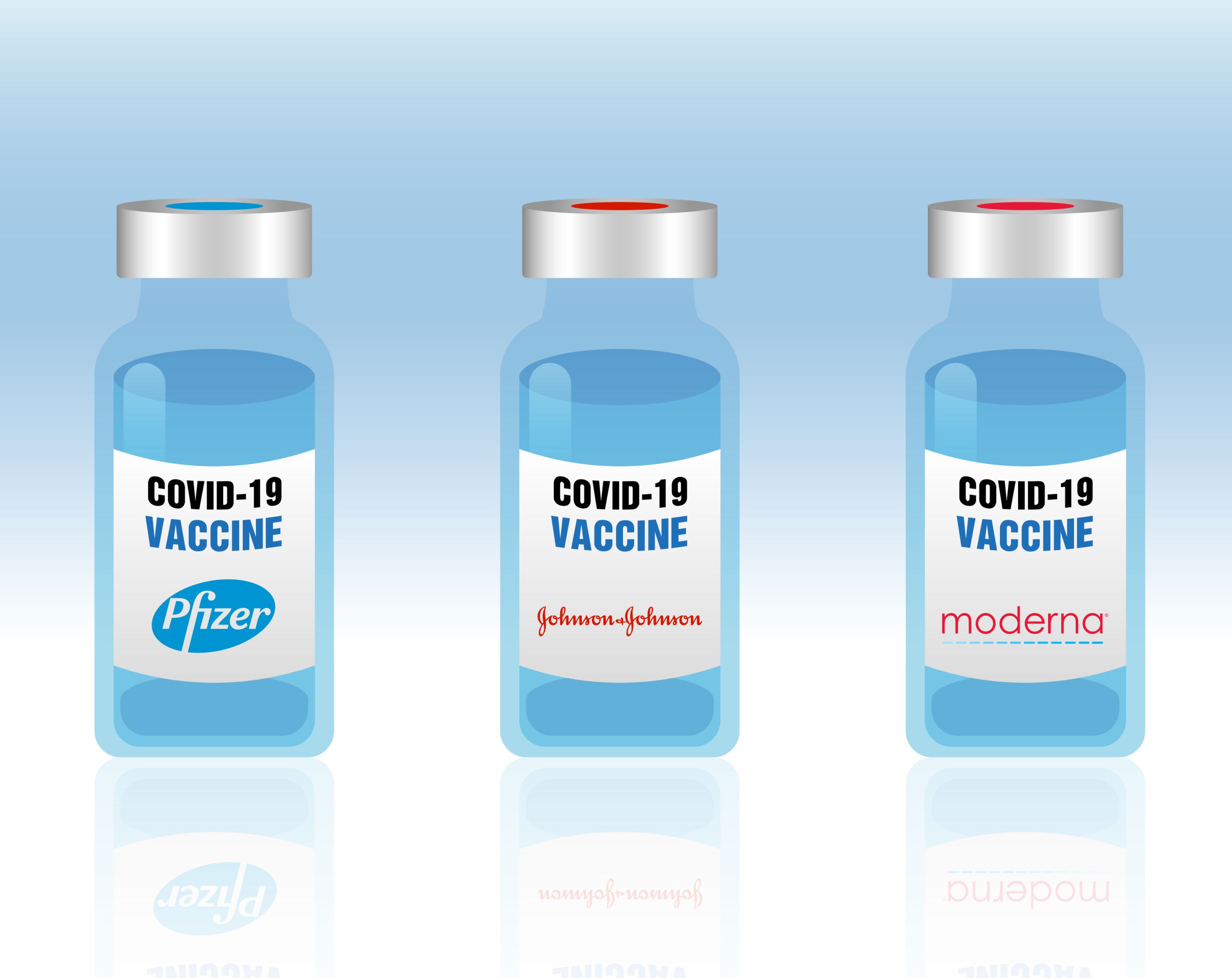Examining COVID-19 Breakthrough Infections by Type of Vaccine Received
A study presented at the SHEA 2022 conference determined how common and severe breakthrough infections were for Pfizer-BioNTech, Moderna, and Janssen COVID-19 vaccine recipients.

COVID-19 vaccination, though highly effective against severe or fatal disease, does not offer full protection against infection. There are currently 3 vaccines available in the US: Pfizer-BioNTech (BNT162b2), Moderna (mRNA-1273), and Johnson & Johnson’s-Janssen (JNJ-78436735). One study, presented this week at the Society for Healthcare Epidemiology of America Conference 2022 (SHEA), explored the demographic characteristics and disease outcomes of COVID-19 breakthrough infections by type of vaccine received.
The investigators included a total of 85 fully vaccinated patients with a documented COVID-19 breakthrough infection from February-September 2021. “Breakthrough infection” was defined as SARS-CoV-2 detection ≥14 days after receiving all initial doses of an authorized COVID-19 vaccine. The investigators collected patient demographics and hospitalization information, such as length of stay and oxygen needs.
Participants were recruited from 2 hospitals in Southeast Michigan, and classified by non-severe, severe, or critical disease. Patients were classified as “severe” if their oxygen saturation level was ≤94% on room air or if they required supplemental oxygen, and “critical” if they developed respiratory failure, including mechanical ventilation or extracorporeal membrane oxygenation.
A total of 85 breakthrough infections were identified in the study cohort. The average age of the patients was 69.9 years, and 51.8% were female. At 85.9% (n=73), severe disease was the most common type of breakthrough infection, followed by non-severe disease (n=7; 8.24%). A total of 9 (10.6%) deaths occurred in the cohort.
Most patients received the Pfizer-BioNTech (n=38; 44.7%) or Moderna (n=35; 41.2%) vaccine. Severe illness was more common among participants who received a Pfizer-BioNTech vaccination regimen (n=33/73; 45.2%), and patients with critical disease were more likely to have received the Moderna vaccine (n=4/5; 80.0%).
Moderna vaccine recipients had the longest time in between COVID-19 infection and vaccination (181.9± 43.1 days) and Janssen vaccine recipients had the shortest time between testing positive and receiving the vaccine (91.0± 61.1 days). The investigators concluded that COVID-19 breakthrough infections were uncommon among fully vaccinated persons, but increased with time after vaccination.
The study, “SARS-CoV-2 Breakthrough Infections among Hospitalized Patients in Southeast Michigan,” was presented on April 12 during the Society for Healthcare Epidemiology of America Conference 2022 (SHEA).
